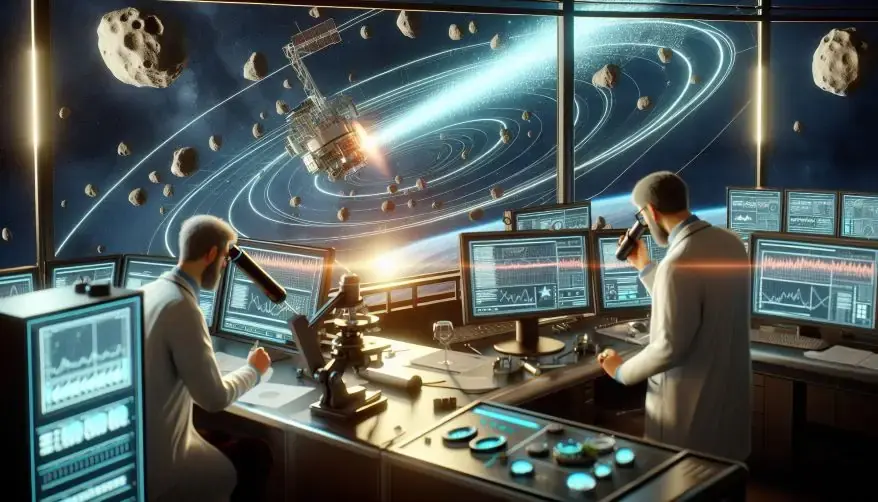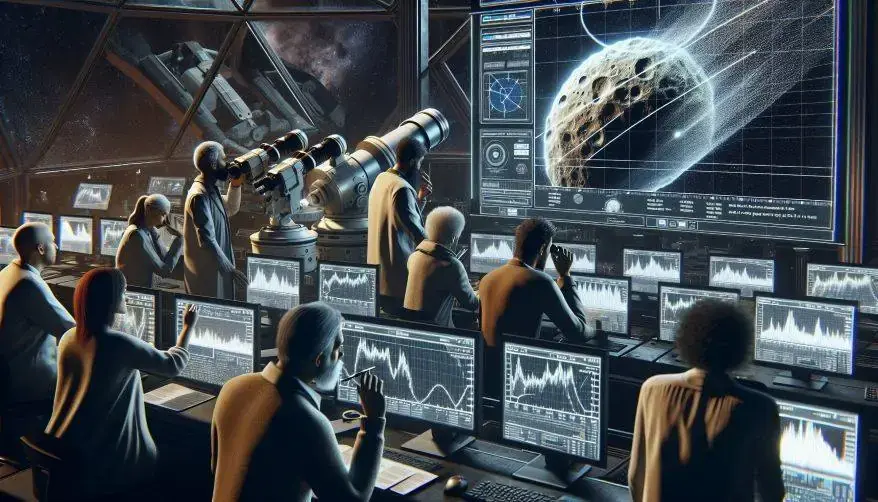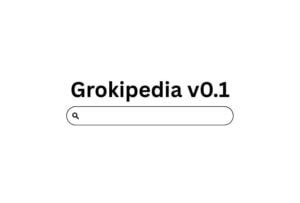Newly Found Asteroid 2024 YR4 May Hit Earth!
A newly discovered asteroid, 2024 YR4, has captured the attention of astronomers worldwide. Currently, it presents a low but non-zero probability of impacting Earth in December 2032. While the risk remains relatively small, the potential consequences necessitate close monitoring and further investigation.
Asteroid Characteristics and Trajectory
Asteroid 2024 YR4 is estimated to be approximately 196 feet (60 meters) wide – roughly half the length of a football field. This size, while not globally catastrophic, could still cause significant regional damage. Currently, it is located 27 million miles from Earth. However, projections indicate a close approach on 22 December 2032, possibly bringing it within 66,000 miles of our planet.
Orbital Uncertainties and Impact Probability
Orbital uncertainties currently place the probability of impact at approximately 1 in 83. This relatively high probability for an asteroid of this size has prompted its elevation to the top of several risk lists, including the European Space Agency’s NEO impact Risk List and NASA’s Sentry Risk Table. Further observation is crucial to refine these predictions.
Potential Impact Scenarios
Depending on its composition and velocity, the asteroid could produce either an airburst (exploding in the atmosphere) or create an impact crater. An airburst of this magnitude would release significant energy, potentially causing widespread damage across a considerable area. An impact, on the other hand, would cause a localized but intense event. Both scenarios warrant careful monitoring and study.

Future Observations and Mitigation Strategies
Fortunately, there’s still considerable time before the predicted close approach in 2032. This provides a window of opportunity for astronomers to gather more data. In 2028, the asteroid will make another relatively close approach, allowing for more accurate measurements of size and composition using radar observations. This information will be crucial in refining impact predictions and developing any potential mitigation strategies.
The Importance of Continued Monitoring
The current uncertainty highlights the importance of continued monitoring of near-Earth objects (NEOs). Organizations like NASA and the European Space Agency are constantly tracking and evaluating potential threats. Improved observational capabilities and data analysis are vital to enhance our ability to predict and, if necessary, mitigate future asteroid impacts.
Understanding Asteroid 2024 Composition
Determining the asteroid’s composition (e.g., stony or metallic) is critical. A metallic asteroid would likely penetrate deeper into the atmosphere and cause a more significant impact, compared to a stony asteroid which is more likely to explode in the atmosphere. The use of advanced telescopes and radar technology will be instrumental in determining its exact characteristics.
Asteroid 2024 YR4 serves as a stark reminder of the potential dangers posed by NEOs. While the current risk is low, the situation necessitates continuous monitoring and research.
The Future Observations Ahead
Astonishingly enough, astronomers won’t have definitive answers until they can conduct further observations after February and especially by 2028, when the asteroid will make another pass within about 5 million miles (8 million kilometres) of Earth. This will hopefully allow researchers to estimate its size based on how much light it reflects.
Reference
Lea, R. (2025, January 28). Astronomers discover 196-foot asteroid with 1-in-83 chance of hitting Earth in 2032. Space.com. https://www.space.com/180-foot-asteroid-1-in-83-chance-hitting-Earth-2032
To stay updated with the latest developments in STEM research, visit ENTECH Online. This is our digital magazine for science, technology, engineering, and mathematics.
Disclaimer
We do not intend this article/blog post to provide professional, technical, or medical advice. Therefore, please consult a healthcare professional before making any changes to your diet or lifestyle. In fact, we only use AI-generated images for illustration and decoration. Their accuracy, quality, and appropriateness can differ. So, users should avoid making decisions or assumptions based only on the text and images.






